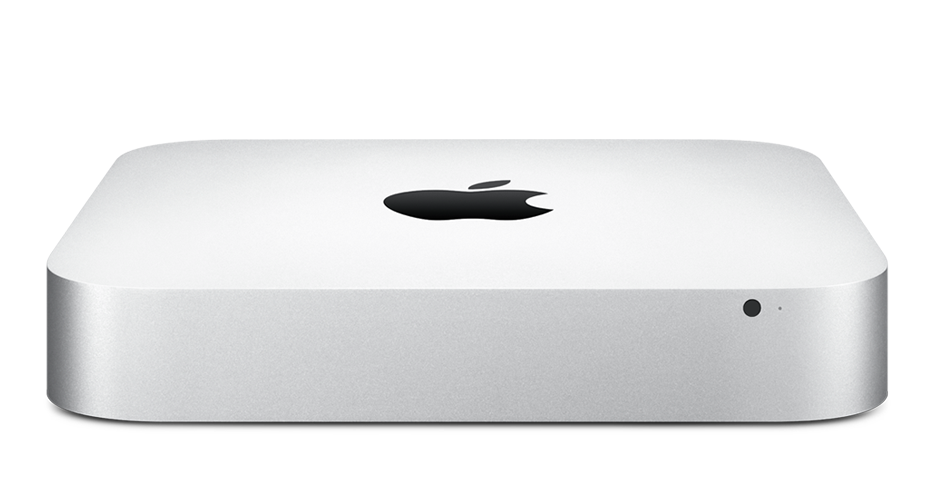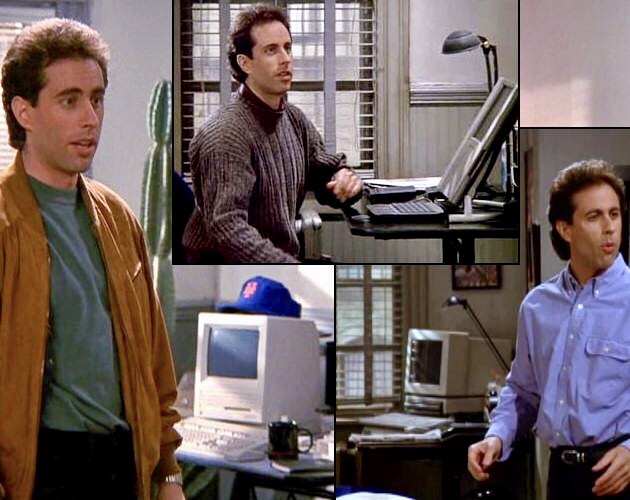Following Apple’s recent summit with journalists on the future of the Mac Pro line, Macworld contributor and podcaster Dan Moren wrote a great piece on the versatility of the Mac mini (the company’s cheapest desktop computer). This device has always been a bit of an oddball in the line-up — originally intended as a low-price option to entice Windows PC switchers to the Mac ecosystem.

The conundrum for Apple has always been that Windows users may be reluctant to spend their savings an expensive, all-in-one Mac. The mini, which has always been sold without a screen, keyboard or mouse, was designed to fit in with people’s existing desk set-ups. Over time, the mini has been used in a number of ways by different types of user. Sure, switchers have taken advantage of the machine, but it has also become a favourite of certain Mac enthusiasts as a TV-connected media player or even in professional server situations.
In 2014 (when the mini was last updated), it lost its faster, quad-core option and the ability to upgrade RAM in the base of the machine was also removed. Many were upset about these changes, which is understandable due to the product’s changing meaning and use cases since its introduction in 2005. Also, like the 2013 ‘trash can’ Mac Pro, it has been neglected for some time, leaving users doubtful about its future in the Apple product line.
I bought the 2014 Mac mini as a refurbished machine in 2015, and have been thrilled with it ever since. With a 1 TB Fusion Drive option, I have plenty of space for my content, whilst still enjoying great speed across a variety of more basic and demanding apps with the SSD section on the drive. Boot-up is quick and I rarely see apps bouncing in my dock upon launch. Of course, quad-core processors and the ability to increase the RAM even more would be great, but it in no way restricts my personal use.
As far as the future of this product goes (other than discontinuation, which I hope will not be the case), I think there are two ways that Apple could deal with it. First, Apple could bump up the processors and retain the same case design. Whilst a tad large for ‘mini’ for 2017, this could help to keep the price down. Faster processors and an upgrade to two or three USB-C ports (like Dan Moren suggested), would make it more relevant in an industry that is moving to the new standard. A low price with some new components would make this a much more appealing product for price-conscious switchers or even those who want to use it as a media centre in their lounge rooms.
Second, and also more salivating of an idea, would be Apple redefining ‘mini’ for this desktop product. With more people using their mobile devices like iPhones and iPads as primary computers, Apple could spark new interest in the desktop space with a significantly smaller, SSD-based Mac. At a fraction of the size and with cooler operation, Apple could make a pocket-sized Mac that can be picked up easily and transported between different desk set-ups.
I don’t think this second option is necessarily likely, but it’s good fun to think about how Apple will move forwards in the desktop space, particularly with its break from conventional secrecy with its Mac Pro plans. Pros don’t only use the Mac Pro or upgraded iMacs; they also use devices like the Mac mini for servers, media players or perhaps even as computers for their kids. Showing a greater interest in the versatility and design of this machine would be further evidence of Apple’s commitment to desktop users, increasing options for those new to and experienced in the Apple ecosystem. As a long-time Mac enthusiast who loves his mini, I’m very keen to see what the future holds for the desktop in a world of mobile devices.
Image credit: Apple (2014)
